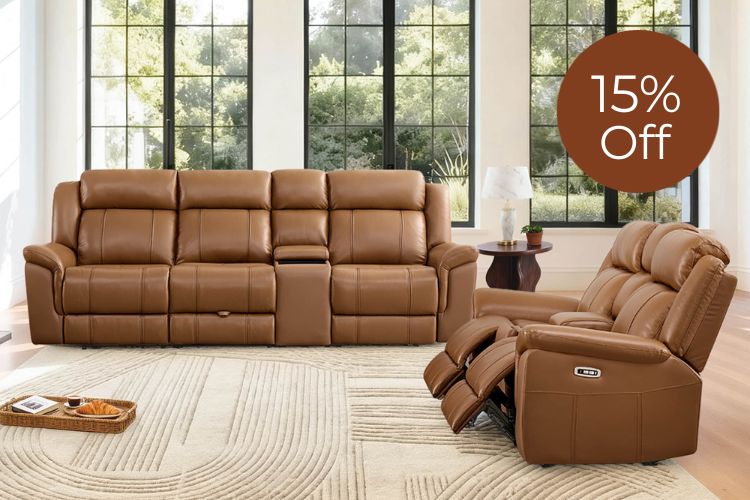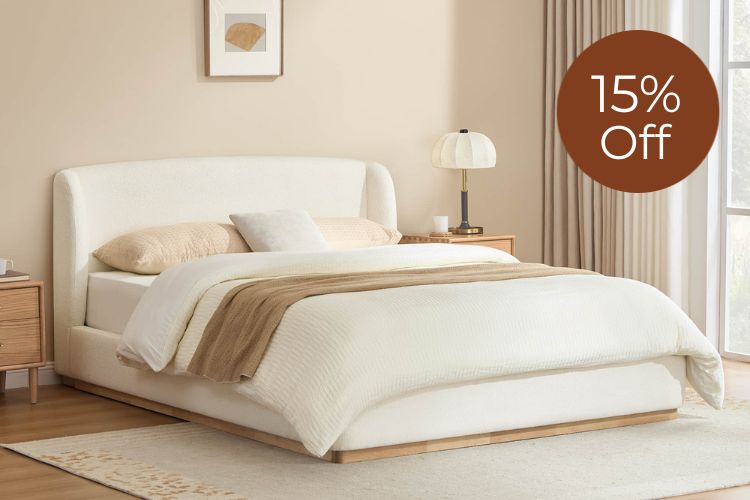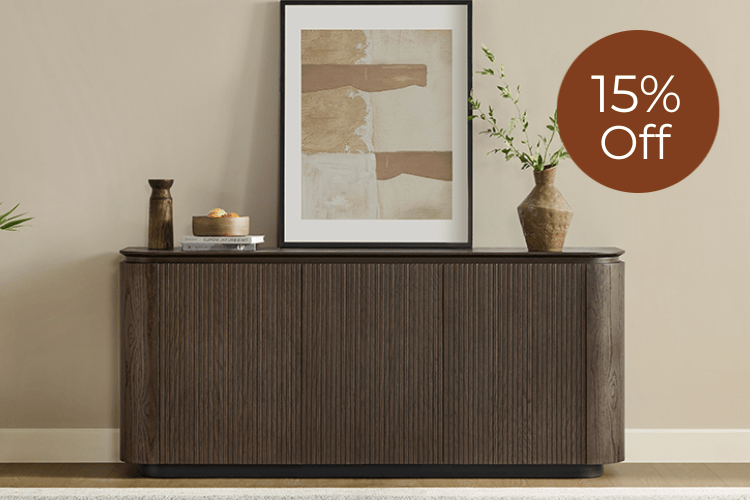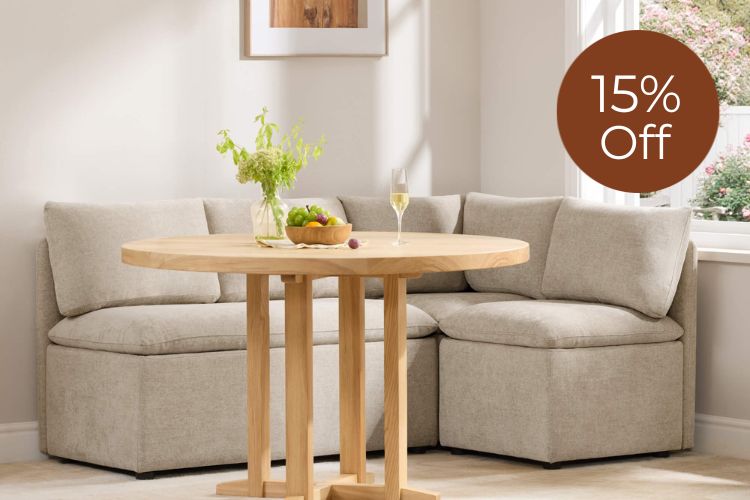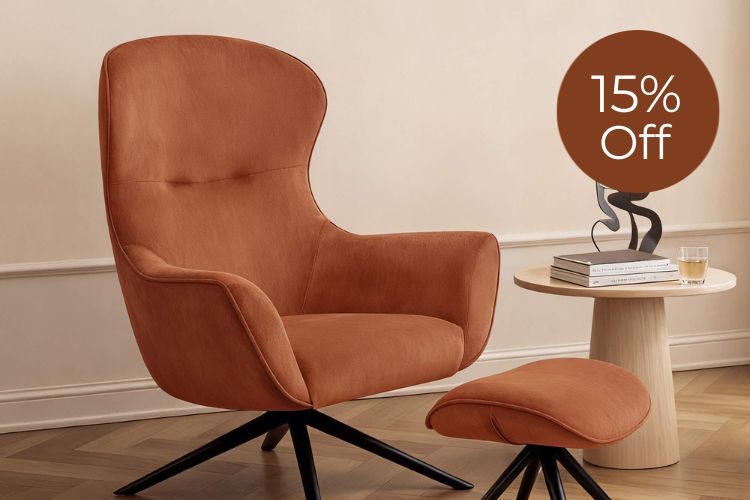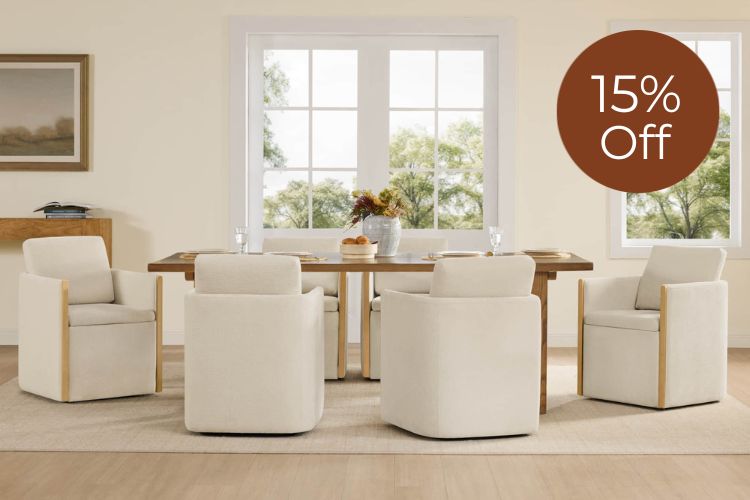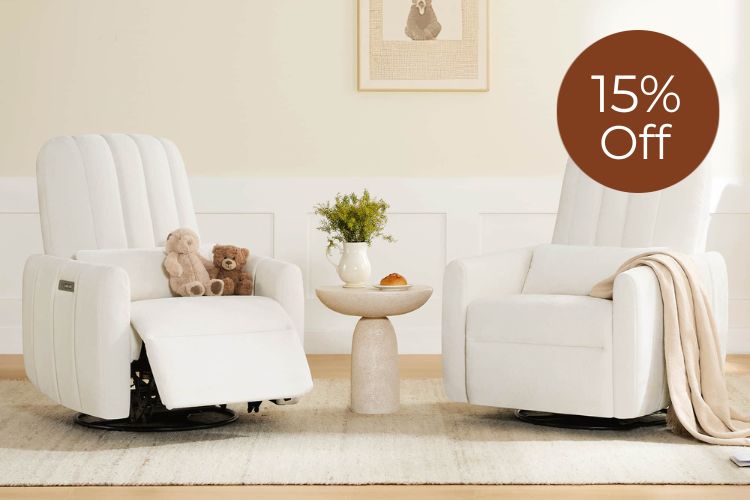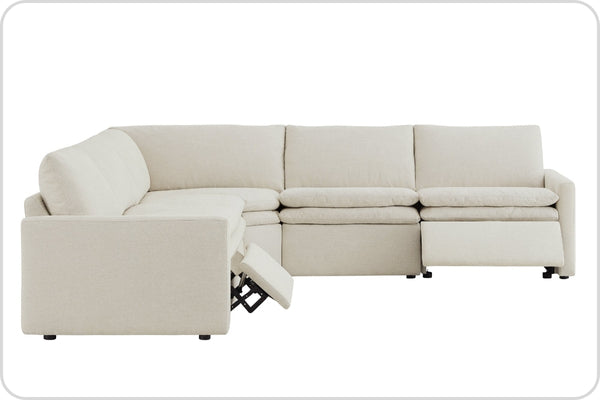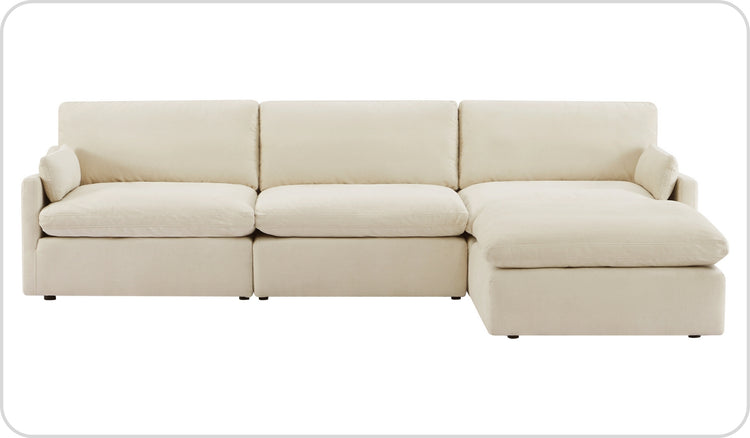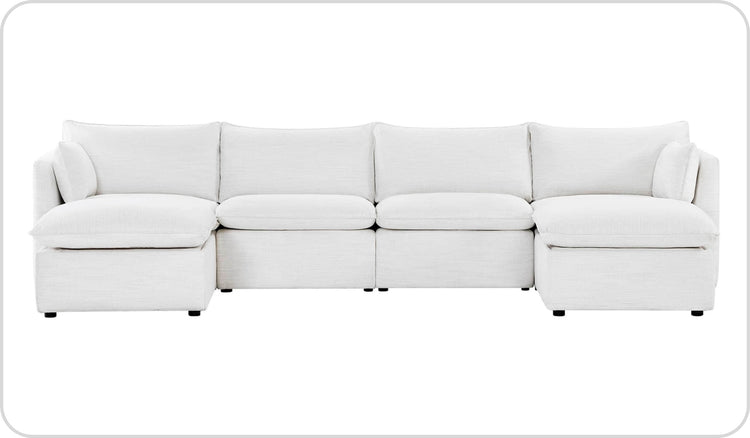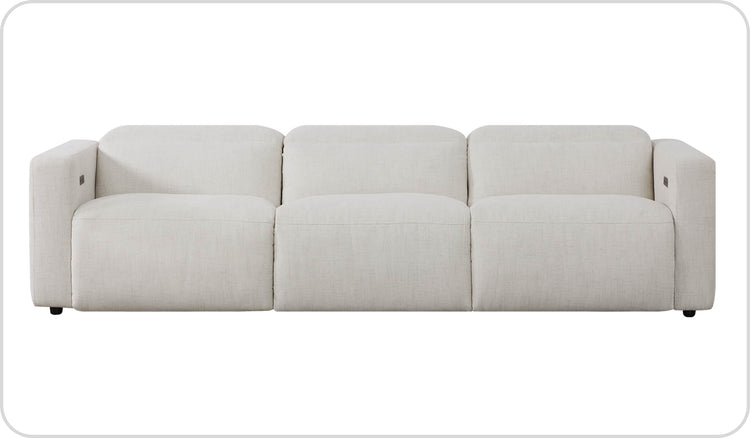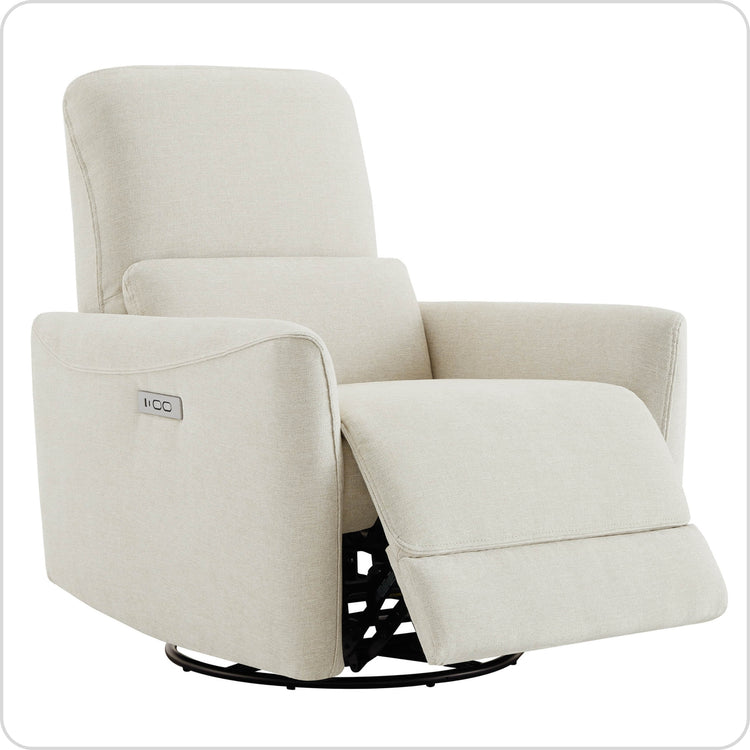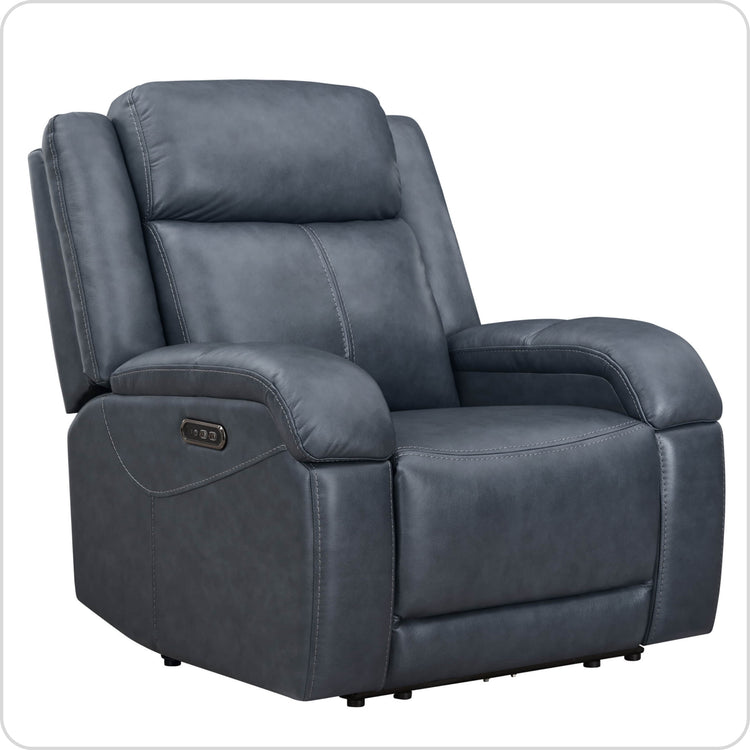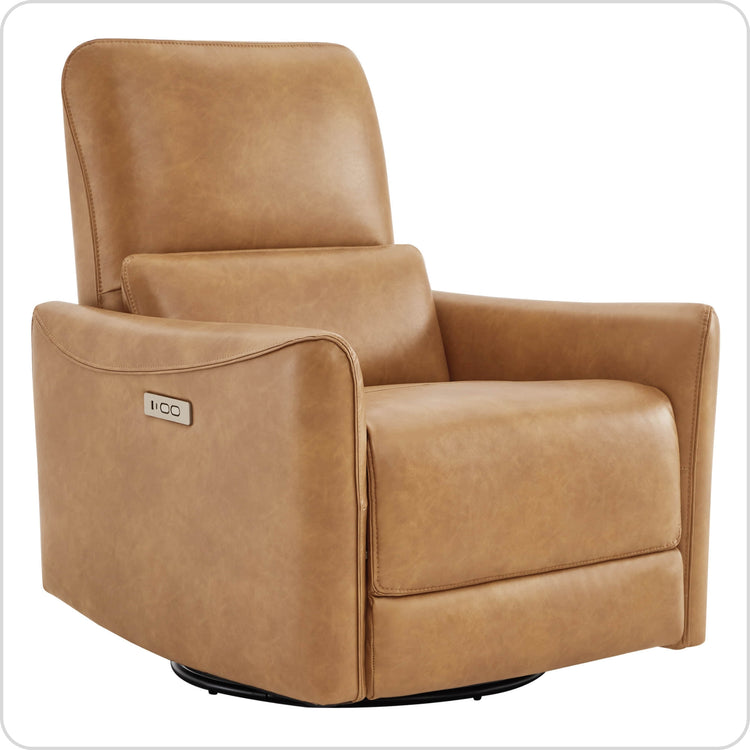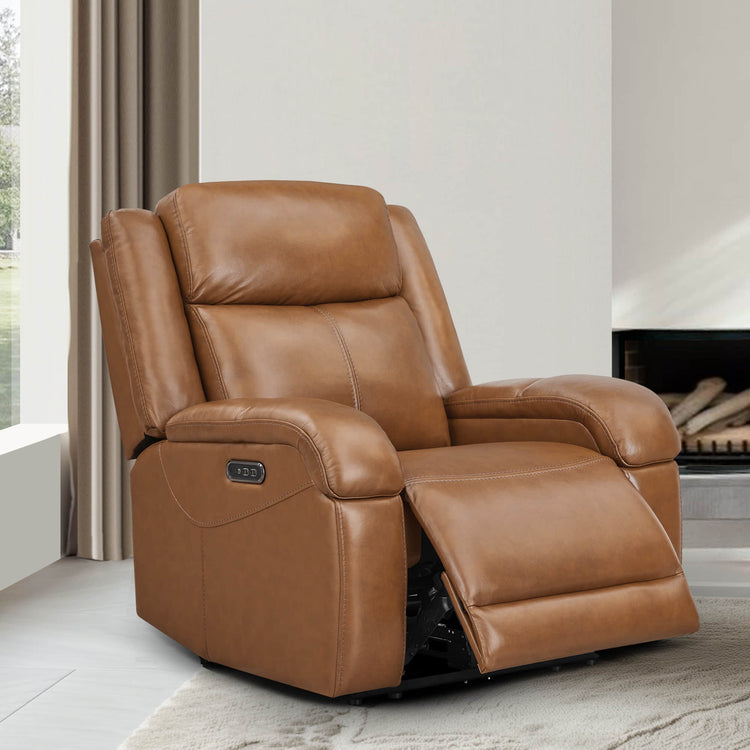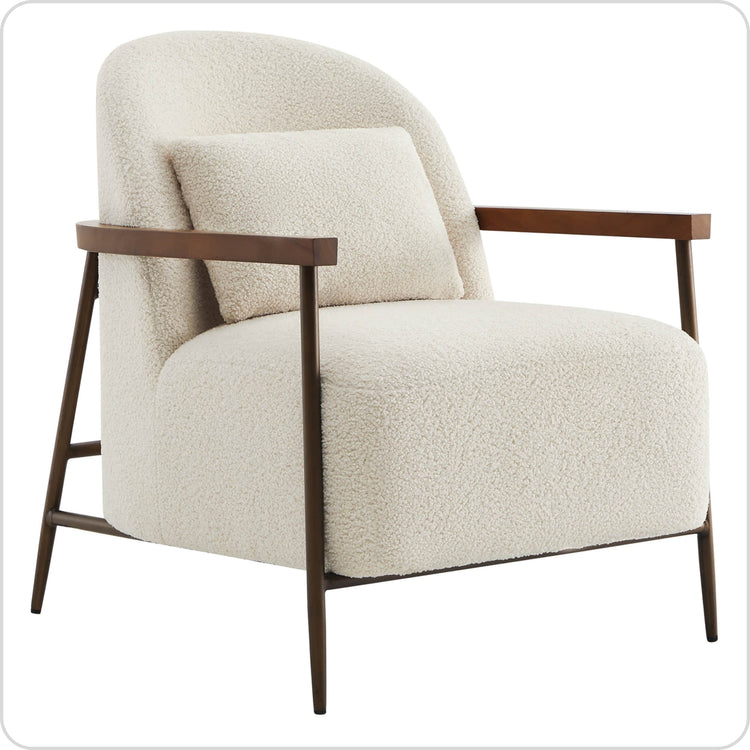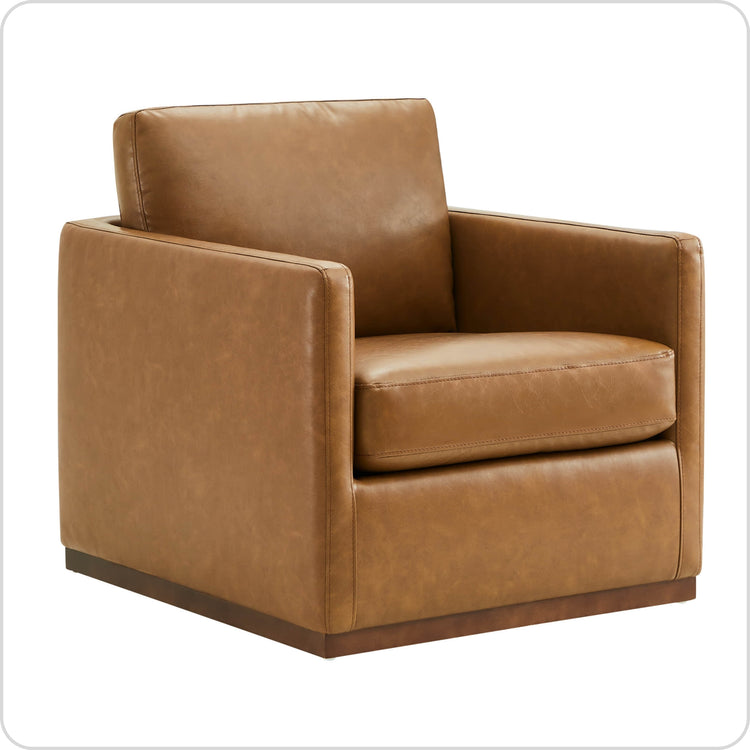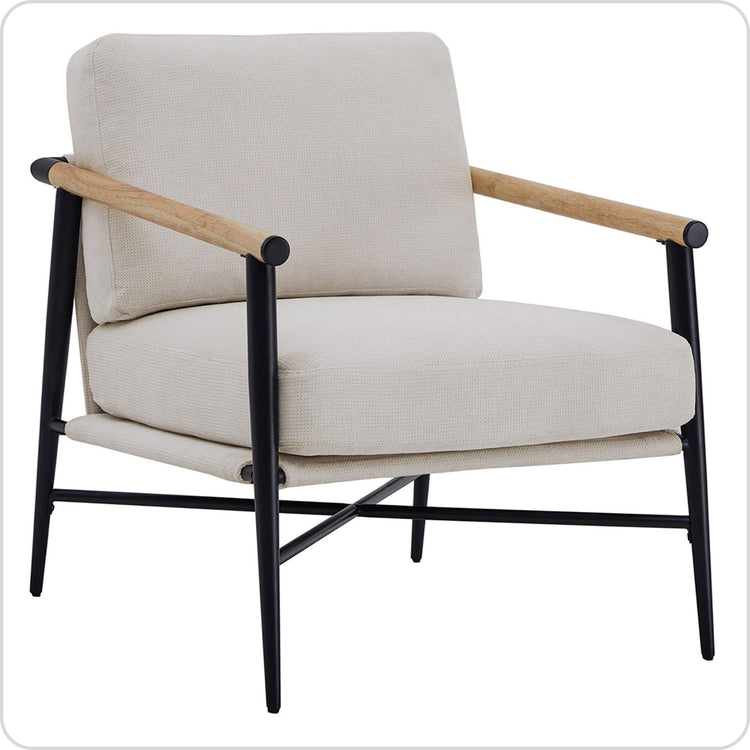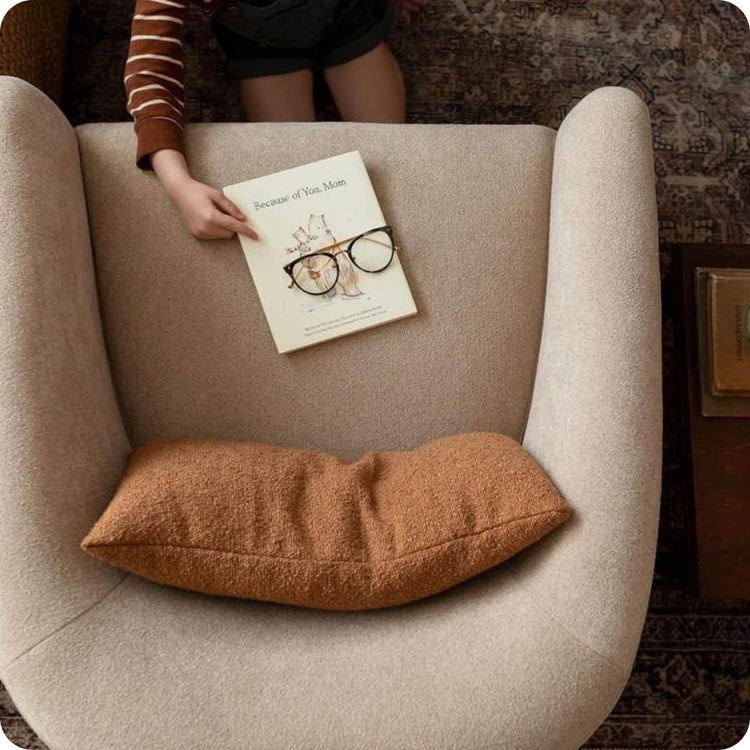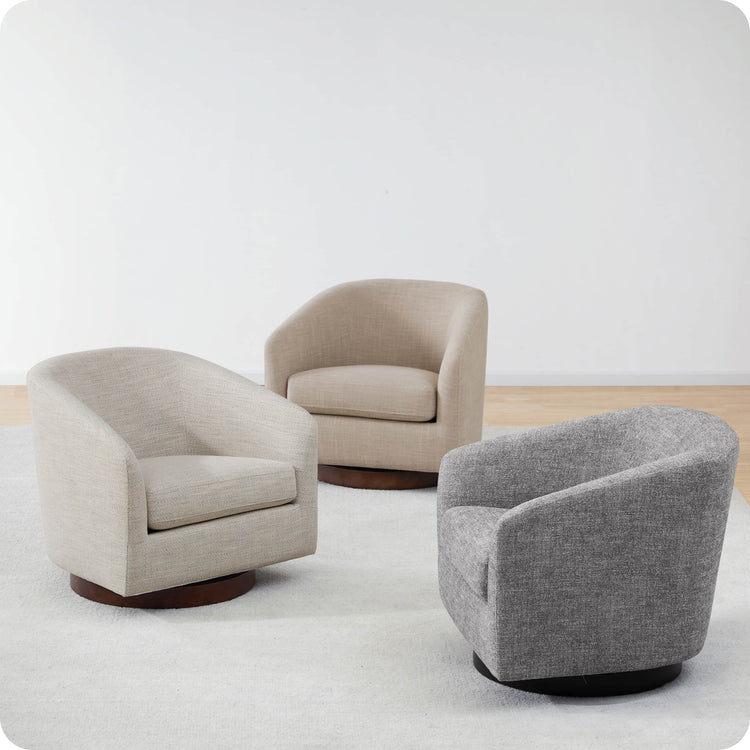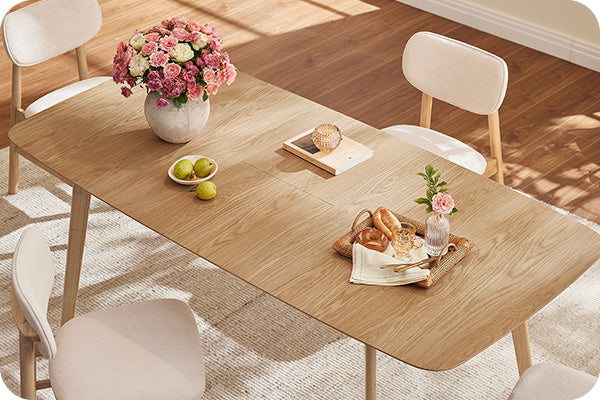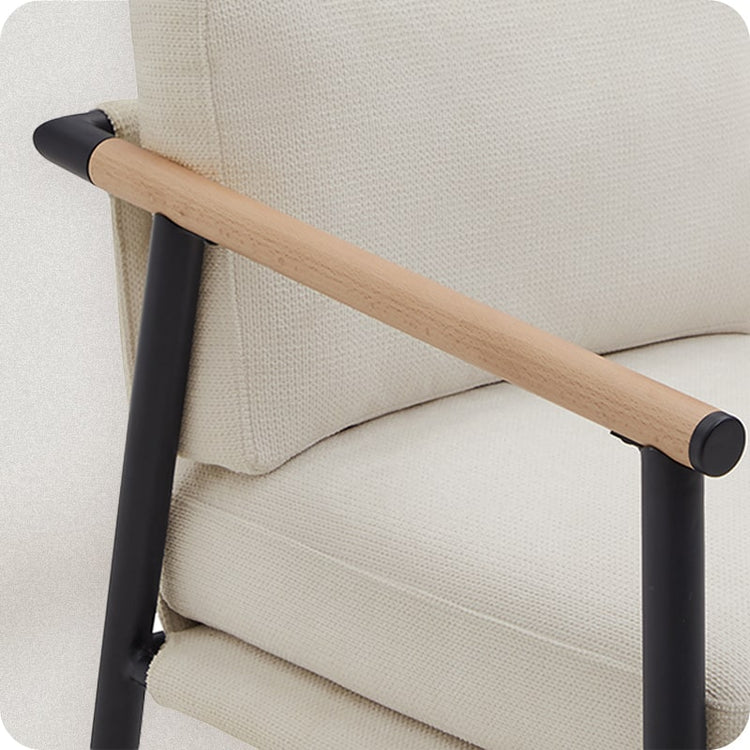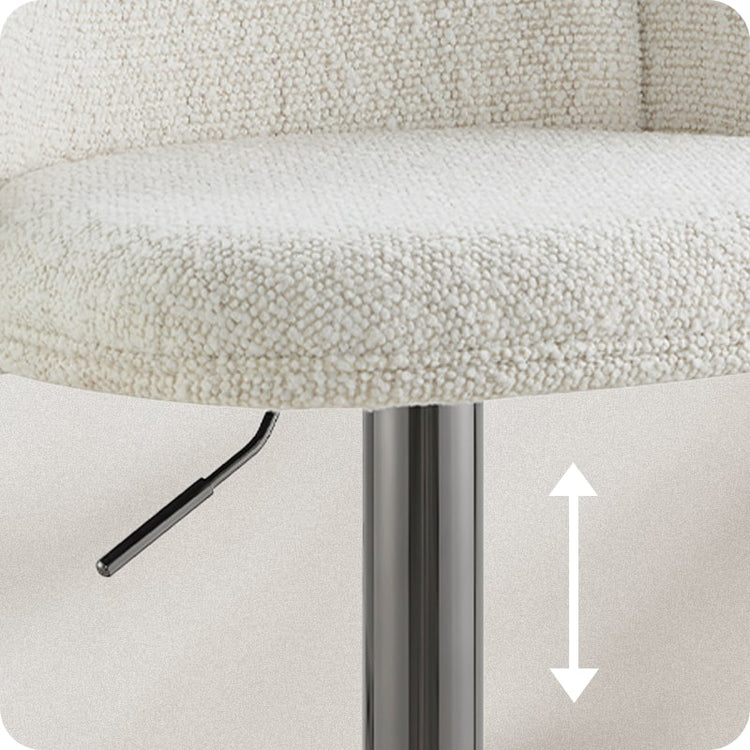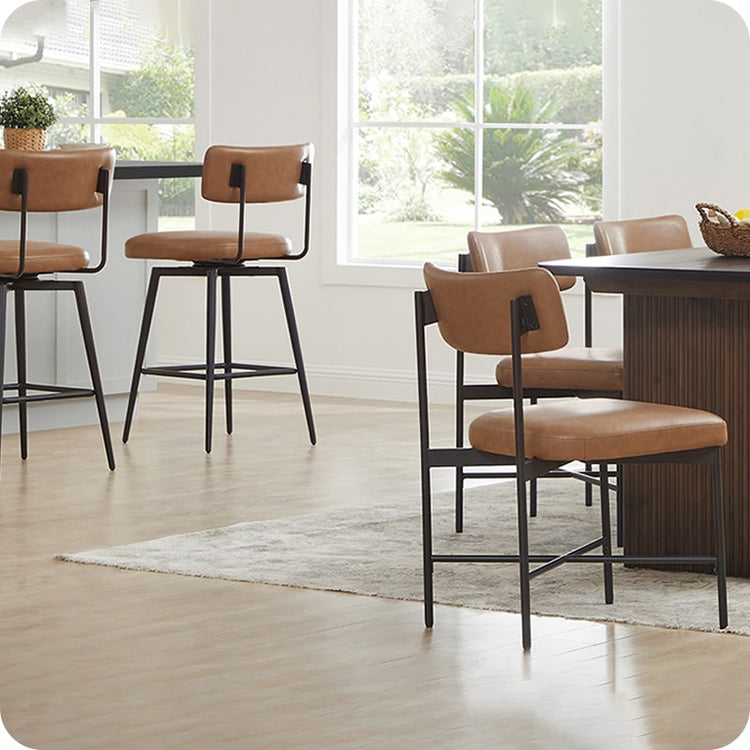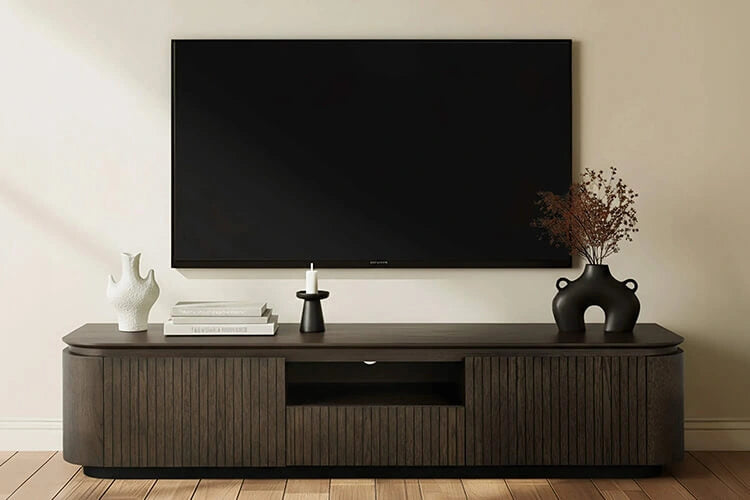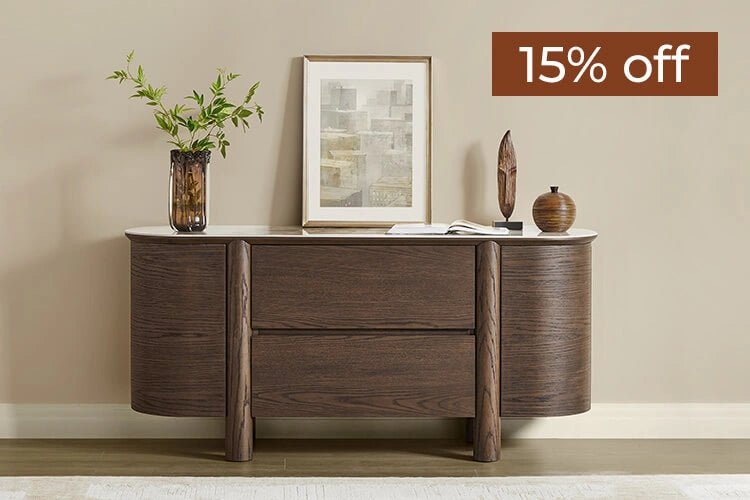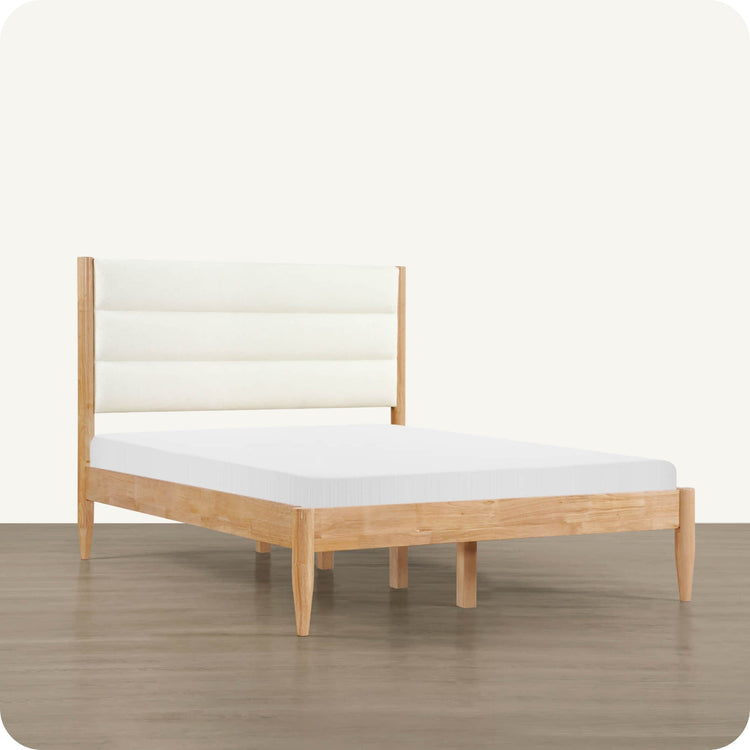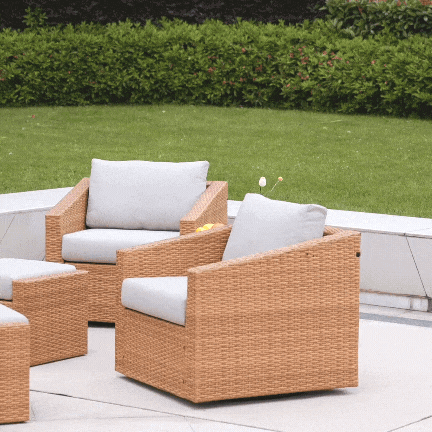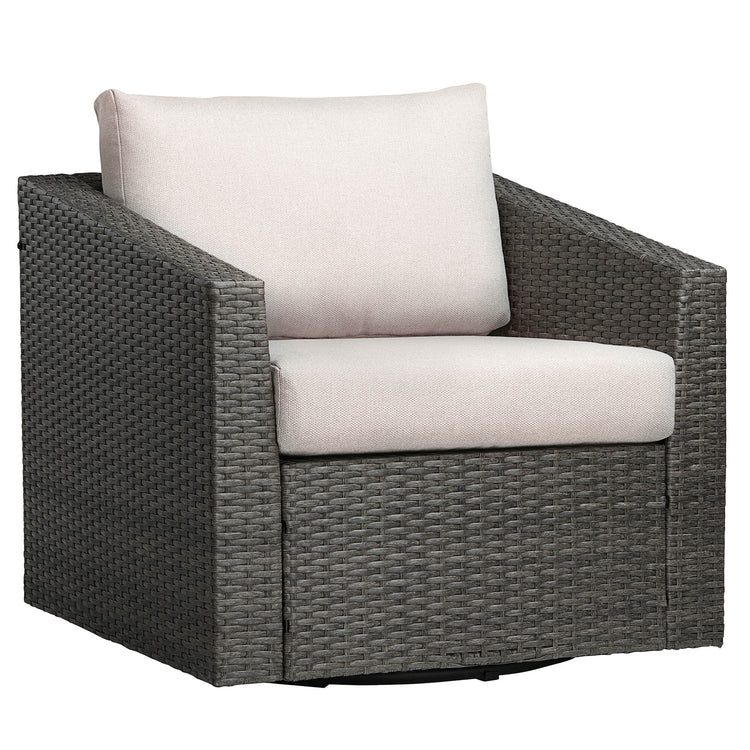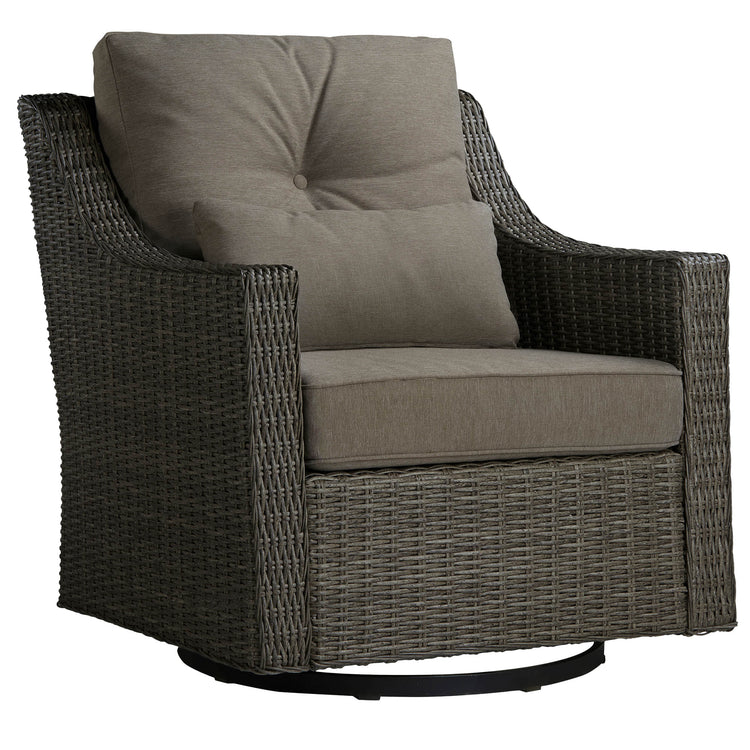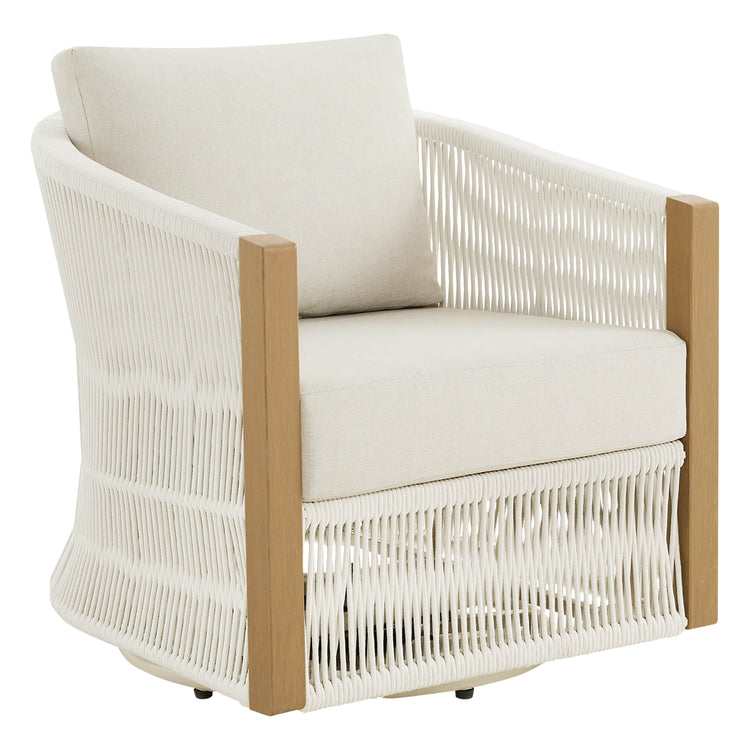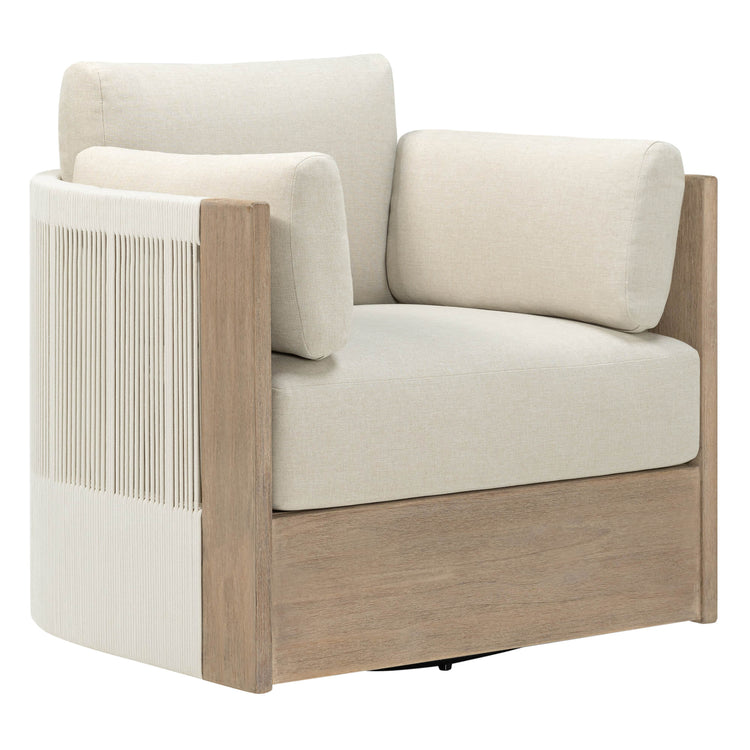Introduction
Choosing the right seating for your kitchen is a balance between style, comfort, cost, and practicality. Finding the ideal stools isn't just about completing the aesthetics of your home decor but also enhancing the functionality of your space. Our comprehensive guide on stools is purpose-designed to shed light on the important considerations in making the best purchase.
Height Differences
The most striking difference between bar stools and counter stools lies in their height. Let's consider each:
- Bar Stools: Ideal companions for actual bars or high counters often found in home bars or communal areas, bar stools typically have a seat height ranging from 28 to 32 inches. Notably, the seat height of bar stools by CHITA usually measures around 30 inches, providing a comfortable seating experience for most adults.
- Counter Stools: These are a perfect fit for kitchen counters or islands. They usually stand shorter than bar stools, with standard heights ranging from 24 to 26 inches. CHITA's counter stools typically feature a seat height between 26 to 27 inches, offering a comfortably elevated seating experience.

While these measurements serve as a general rule of thumb, understanding the differences in height helps you seek out a stool proportional to your space that provides a comfortable distance from your countertop.
Design and Style
Design and style are where personal preference comes into play, allowing your creativity to flair.
- Bar Stools: Often, they boast a sleeker, modern design to complement higher counters. From adjustable height swivel stools to funky backless numbers, bar stool styles have quite a far-reaching spectrum.
- Counter Stools: These tend to lean more towards a traditional look to blend with your kitchen décor. However, there's certainly no shortage of contemporary designs on the market too.
CHITA offers a variety of style options, such as farmhouse, mid-century, modern, and industrial designs, allowing customers to choose the perfect stool to match their personal style and home decor.

Asher Swivel Counter Stool with Nailhead Trim
Comfort and Functionality
The comfort and functionality of bar and counter stools are paramount considerations beyond mere style. They directly influence the enjoyment of your space, making these factors essential in choosing optimal seating solutions for your kitchen.
- Ergonomic Design: An ergonomically designed stool considers the variances in people's heights as well as the height of your counter or bar. When seated, your knees should comfortably bend at a 90-degree angle with feet touching the ground or resting on a footrest. Bar stools generally suit taller people or those with high countertops, while shorter individuals or standard-height counters pair better with counter stools.
- Footrests, Armrests, and Cushioning: Additional features such as footrests and armrests can substantially enhance comfort levels by promoting good posture and offering support. Cushioning, whether it be on the seat or the backrest, adds a luxurious touch to your seating experience, making extended sitting periods more pleasurable.
- Weight Capacity and Durability: It is vital that the stool you select can withstand regular use over time. Check the weight limits to ensure they accommodate all potential users. Also, consider the stool's construction quality-well-built stools, despite possibly higher upfront costs, can often outlast cheaper, frail models, thus delivering better value over their lifespan.
- Swivel base: Swivel chairs promote seamless social interaction in the living room. Their rotational design enables you to swivel smoothly to face anyone in the room, joining in conversation effortlessly. Unlike stationary chairs, a comfortable swivel chair allows you to engage with guests around you without neck strain or the hassle of constantly getting up. By providing 360 degrees of motion, quality swivel chairs create a flexible seating option perfect for social gatherings where mingling is encouraged.

The avery barstool has a shell shaped backrest that is very well designed.
Space Considerations
Efficient spatial planning is crucial to achieving an ambiance that feels open and welcoming rather than cramped and cluttered.
- Balancing the Size of Stools with the Space Available: It's crucial to find a balance between the physical size of your stools and the available space. The stool dimensions should fit proportionally within your kitchen space, ensuring they don't overpower the room or obstruct pathways.
- Choosing Stools That Fit Under the Counter or Bar: To maintain a clean, uncluttered look, opt for stools that can neatly tuck under your counter or bar when not in use. This consideration is particularly important for smaller spaces where every inch counts.
- Considering the Number of Stools Needed: The number of stools should align with both the length of your counter and the desired seating comfort. A generally recommended guideline is to allow for spacing of about 26–30 inches from the center of one stool to the next to ensure ample elbow room and free movement.

Nova Swivel Counter Stool
By properly addressing these comfort, functionality, and space considerations, you'll ensure your kitchen serves as a hub of relaxation and enjoyable activity, embodying the perfect fusion of style, practicality, and personal taste.
Price and Budget
The correct stools should align with your style and functionality needs and respect your budgetary boundaries.
Bar and counter stools span an extensive price range, influenced by factors such as design complexity, materials utilized, brand prestige, and additional features such as adjustability or upholstery. Basic models might start at a modest $30 per piece, while extravagantly designed or high-end branded options can cost several hundreds of dollars or even more. However, with Chita, you don't need to worry about compromising on quality or design for the sake of budget. Chita is a brand that stands for premium design and high-quality materials, yet at a fair and accessible price.
To understand the driving factors behind the price variance, consider the following:
- Materials: Premium materials-be they solid hardwood, high-quality metals, or luxurious upholstery-typically drive up the stool's price because of their longevity, aesthetics, and the quality feel they provide.
- Design and Features: Intricate designs, added conveniences (like adjustable heights and swivel capacity), and special detailing (tufting, nailhead trims, etc.) add layers of sophistication that can increase the overall cost.
- Brand Reputation: As with any product, you often pay more for established brands known for excellent craftsmanship, innovative designs, and reliable customer service.
When budgeting for your kitchen seating, consider not just the sticker price but the product's projected lifespan and its aesthetic and functional contribution to your home environment. Sometimes, investing a little more upfront can result in long-term savings and satisfaction.

Conclusion
Deciding on bar and counter stools involves knowledge and appreciation of their inherent height differences, unique design elements, comfort and ergonomics, space requirements, and pricing considerations. The determinative factor at play, however, is how seamlessly these stools integrate with your individual lifestyle needs and personal preferences.
Remember that while bar stools may cater better to taller individuals or higher countertops, counter stools offer a snug fit for standard kitchen islands and may be preferred due to their traditional appeal. Finally, beyond all structural and stylistic aspects, ensure your choice adds value to your home and life, enhancing every moment spent in your kitchen space rather than detracting from it. The ultimate goal here is to amalgamate form, function, and finances harmoniously to elevate your everyday living experience.
